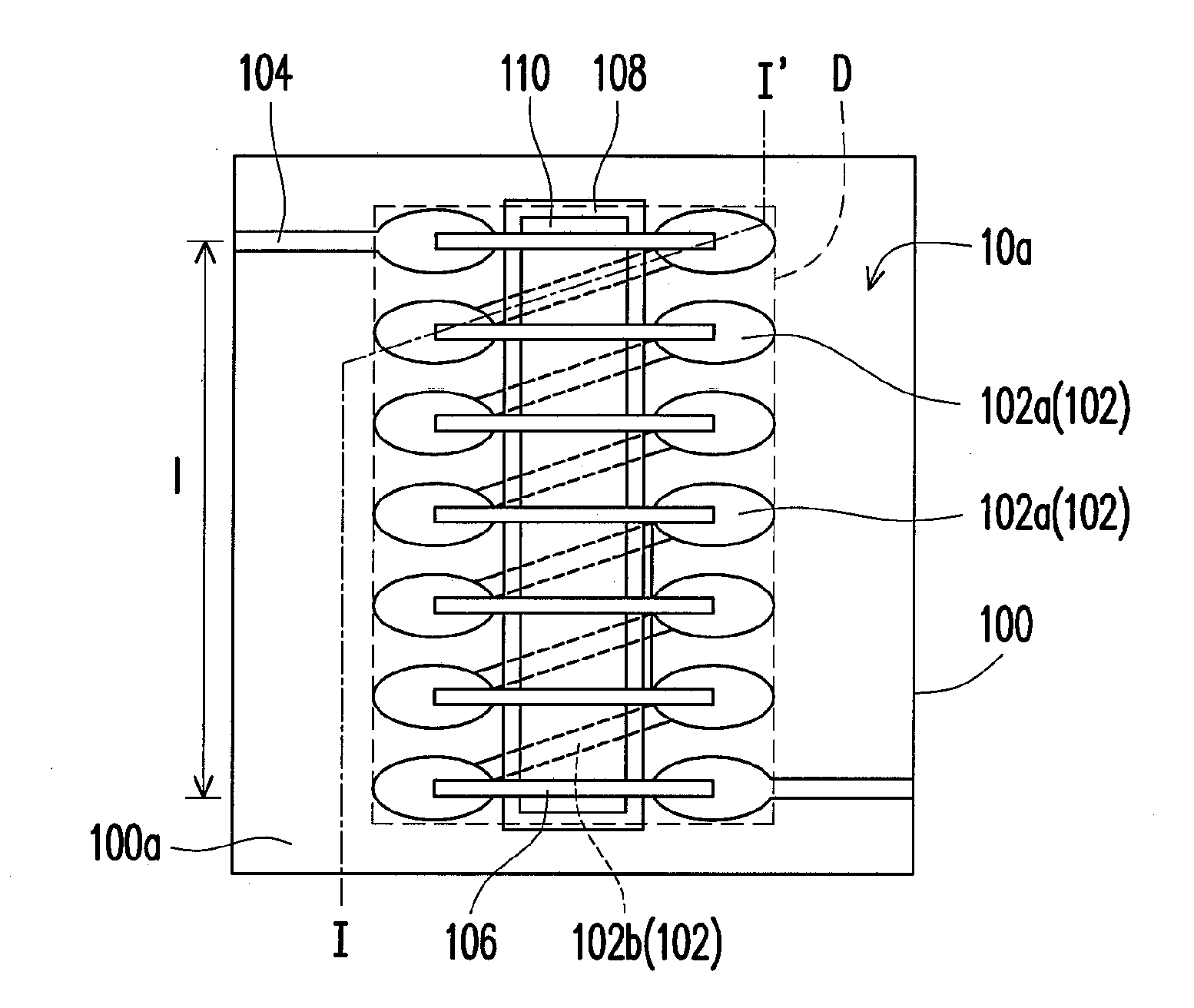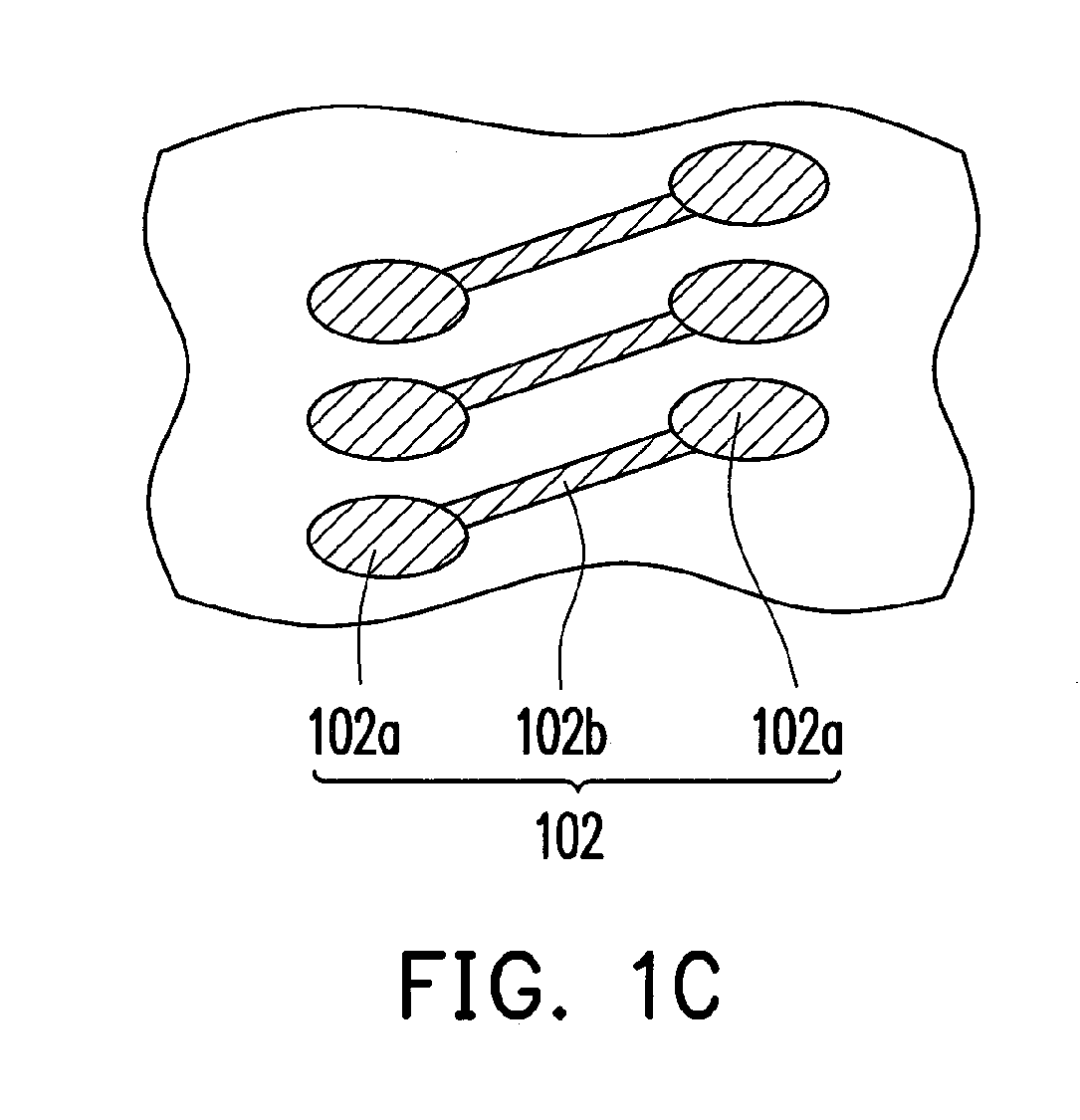Power inductor structure
- Summary
- Abstract
- Description
- Claims
- Application Information
AI Technical Summary
Benefits of technology
Problems solved by technology
Method used
Image
Examples
Embodiment Construction
[0025]Reference will now be made in detail to the present preferred embodiments of the invention, examples of which are illustrated in the accompanying drawings. Wherever possible, the same reference numbers are used in the drawings and the description to refer to the same or like parts.
[0026]The inductor structures or related modifications described in the present invention can be applied for general types or high frequency package modules. As described hereinafter, the embedded inductor structures refer to the inductor structures at least partially embedded or set in the wiring board or printed circuit board of the package modules. However, certain embodiments of the power inductor structures may be configured to be exactly on the package substrate or the wiring board, and are nonetheless included within the scope of this invention.
[0027]The inductor structures as described in the present invention take advantages of the wire-bonding technology, and the applied materials are compa...
PUM
 Login to View More
Login to View More Abstract
Description
Claims
Application Information
 Login to View More
Login to View More - R&D
- Intellectual Property
- Life Sciences
- Materials
- Tech Scout
- Unparalleled Data Quality
- Higher Quality Content
- 60% Fewer Hallucinations
Browse by: Latest US Patents, China's latest patents, Technical Efficacy Thesaurus, Application Domain, Technology Topic, Popular Technical Reports.
© 2025 PatSnap. All rights reserved.Legal|Privacy policy|Modern Slavery Act Transparency Statement|Sitemap|About US| Contact US: help@patsnap.com



